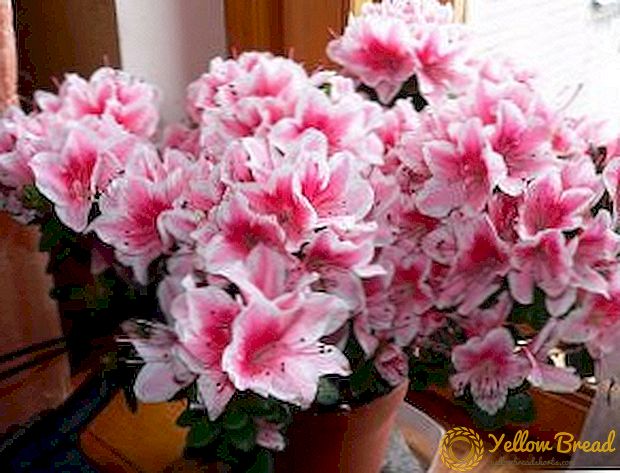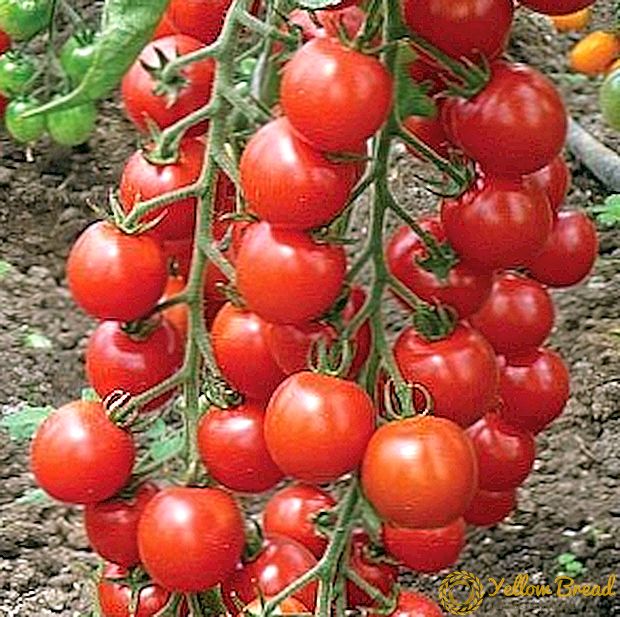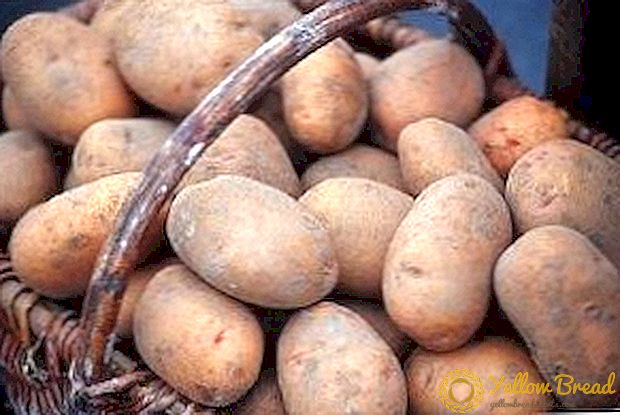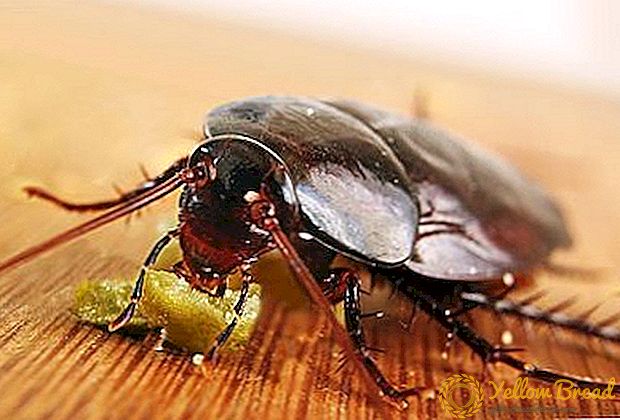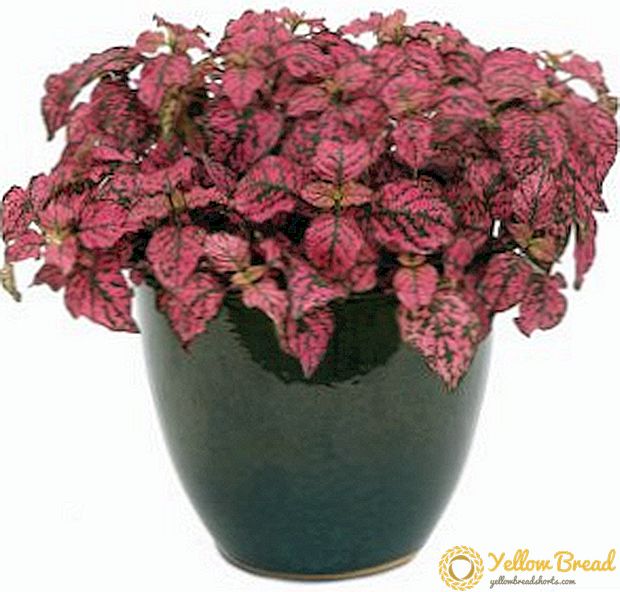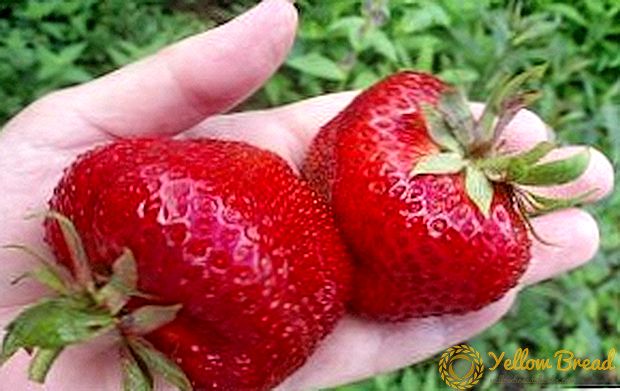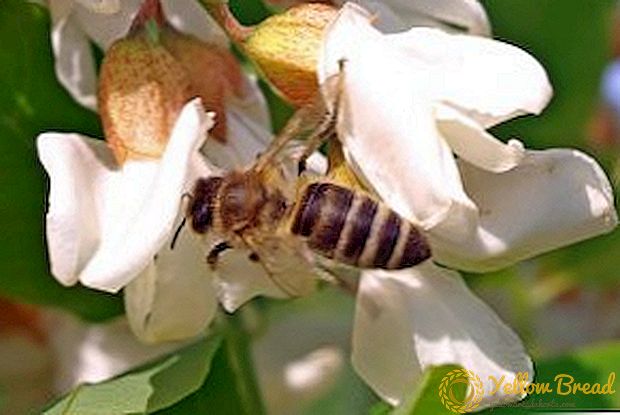 Acacia (Acacia) is a tree and tree shrubs of the legume family, there are deciduous and evergreen types of plants that grow on all continents of the world.
Acacia (Acacia) is a tree and tree shrubs of the legume family, there are deciduous and evergreen types of plants that grow on all continents of the world.
- White acacia (Robinia pseudo-acacia)
- Sticky
- New Mexican
- Bristly haired
- Magnificent acacia
- Armed
- Long-leaf
- Willow acacia
- Caragana treelike (yellow acacia)
- Red acacia
- Chinese acacia
- Crimean Acacia
- Sand acacia
- Acacia
- Pink acacia
The plant has a developed root system, which feeds on moisture and nutrients even in arid places of growth. The height of the tree reaches 14-30 m, and the trunk of the acacia in the girth reaches 2 meters The bark of a young tree of a grayish shade becomes brownish over time, its structure is striated with longitudinal shallow grooves.
Acacia leaves are often oval-shaped, with alternate placement on an elongated petiole, from 7 to 21 pcs. Most acacia plants have sharp thorns. The plant often blooms inflorescences, clusters of fairly large flowers, the fruit of acacia - a pod of brownish color with a few beans.
Worldwide, there are over 500 species of acacia. Consider some of the most popular varieties of acacia.
White acacia (Robinia pseudo-acacia)
White acacia is a fast-growing drought-resistant shrub or tree. The birthplace of Robinia is falsely acacia - North America, but for a long time the white acacia successfully naturalized in the middle belt of the planet. 
This type of Robinia is used as an ornamental plant, as well as for the purpose of soil reinforcement and wind protection. False-Acacia Robinia wood is hard, durable, resistant to rotting, and also has a beautiful texture and color, its characteristics are not inferior to oak or ash wood.
Sticky
Sticky acacia in the wild is found in North America. Robinia gummy has a specific glandular pubescence of shoots, pedicels and cups, the height of the tree is about 10-12 meters with a small trunk up to 40 cm in diameter. The trunk of a dark color, smooth to the touch.Flowers of sticky acacia about 2 cm in size, pink, are collected in an erect brush of 7-15 flowers. 
New Mexican
Robinia New Mexican - a shrub or tree 2-8 meters high, the shoot, like the core of this type of acacia, is covered with pubescent gray styloid spines. The leaves consist of 9-15 oval leaf segments up to 4 cm long. The flowers are white or light pink in color, small, 15-25 mm in size. 
In the wild, New Mexico acacia grows in some North American states - Texas, Colorado, and California.
Bristly haired
Bristle-haired acacia is a shrub 1-3 m high, which is bred by root suckers. A characteristic feature of this type of robinia is that all the ground parts of the plant cover the bristles of red color. The leaves are up to 22 cm long and consist of 7–13 round segments up to 6 cm in size. Small flowers of bristly-haired Robinia of lilac or purple color.
Magnificent acacia
The magnificent acacia, or, as it is also called, remarkable - is a shrub 1.5 - 4 m in height with pinnate small green leaves. Lush inflorescence is formed by bright yellow spherical flowers of small size.After flowering on the acacia, elongated narrow pods are formed with a length of up to 16 cm with seeds. 
This species is most common in Australia, in Queensland and South Wales, where it is often cultivated.
Armed
Armed acacia, or paradoxical, is a compact densely branching shrub with a height of 1–3 m. It is abundantly covered with fillodies of rich green color (overgrown broad stem, replacing the leaf plate plant) up to 25 mm long. The growth bud has a thorn — a modified stipule — this was the reason that this type of acacia was called “armed”. 
Asymmetrical leaves of this species of acacia are green with a silvery shade, have the shape of an ellipse with a blunt end. The shrub blooms in early spring with yellow bright flowers that form a single capitate inflorescence with a pleasant aroma. Thin shoots of armed acacia allow you to use it as an ampelous plant, which is able to decorate a house or garden.
Long-leaf
Long-leaved acacia is a tree with a height of 8-10 m, a characteristic feature of this species is intensive growth - in just 5 years the plant reaches a certain height and only grows in the future. The leaves of the long-leaf acacia are of a rich green color, elongated, narrow in shape with a pointed end. Small pale yellow flowers form a standing fragrant brush. 
This species is common in Australia and in some territories of the United States. Flowers and seed pods in some countries are eaten, as well as used to produce dyes.
Willow acacia
The willow acacia is an evergreen tree with a spreading crown up to 8 meters high, the birthplace of this plant is Australia. Willow acacia in the wild also grows in Africa and the Middle East. The name of the species received for the external similarity of the plant with a weeping willow. 
The tree is fast-growing, without thorns, the branches of the plant are thin, curved, hanging down. Narrow and long leaves of rich green color, sometimes with a bluish tint. It blooms with bright yellow spherical flowers, which later give the seeds a dark color.
Caragana treelike (yellow acacia)
Yellow acacia is a shrub with a height of 2-7 meters, which is often used for hedges. The leaves of the Caragana are tree-like, about 8 cm in length, formed by several pairs of oval pointed segments of leaflets. Flowering occurs at the end of spring with yellow flowers, resembling butterflies in their structure. Flowers are quite large, single or form a bunch of 4-5 pieces. 
Starting from the fourth year of life, this shrub produces fruits - a bean up to 6 cm long with small seeds. This type of Caragana is wind-resistant, winter-hardy and not capricious of the soil and the level of moisture. Yellow acacia in nature grows in Siberia, Altai, Kazakhstan and Georgia.
Red acacia
The red acacia is a vertical or spreading shrub, densely covered with small pointed leaves with thick longitudinal veins. The height of the red acacia is about 1.5 - 2 meters. 
The red acacia blooms from July to October in single flowers or in bundles of two or three pieces that appear from the axils of the leaves of the shrub.The color of flowers - from light colors to rich and bright shades of yellow. In the autumn, narrow curved pods are formed up to 10 cm long with seeds. This type of acacia prefers sandy soils.
Chinese acacia
Chinese acacia is a branched shrub whose height can reach 10 m. Leaves are gray-green, up to 5 cm long, arranged in pairs along the main stem, there are sharp hollow spines of stipules with a brown end. Acacia flowers are Chinese spherical, fluffy, bright yellow in color, they smell like a mixture of violets and raspberries.
From the colors of this type of acacia make oil, which is widely used in cosmetology and perfume compositions. Chinese acacia can be grown in a bonsai composition. This species grows on the territory of India, as well as on the territories of subtropical and tropical latitudes.
Crimean Acacia
The Crimean, or, as it is also called, the Lekoran acacia, albition, is a deciduous, sprawling tree up to 12 m high and with a trunk more than 3 m in girth. The leaves are pinnate, openwork, light green in color up to 20 cm long, usually consisting of 14 oval elongated segments that are able to curl up at night or in the heat.This type of acacia blooms with fragrant large flowers consisting of silky thin white-pink threads that form a fluffy bunch. 
A variation of the Crimean acacia is shrub, which can be grown as a home plant. This species is very thermophilic and drought-resistant, grows well in illuminated areas.
Sand acacia
Sand acacia is a shrub or tree 0.5 - 8 meters high. The root system is powerful, with a long main root that allows you to extract moisture in desert conditions. The trunk and branches - brown color, rough to the touch. The leaves are of complex structure, in the middle of a long spine there are two narrow elongated light green leaves, pubescent with a silvery coating. 
Flowers of a saturated violet color with a yellow center, in the end of spring form a raceme-shaped small inflorescences. In summer, acacia fruits appear that look like a flat spiral propeller.
Sand acacia grows in steppes and deserts, tolerates high temperatures and lack of irrigation. In the countries of Central Asia, acacia is used to strengthen the sandy soil.
Acacia
Silver acacia is also called mimosa. This is an evergreen tree whose crown forms a branched umbrella. Silver acacia usually reaches a height of about 10-12 m.
The trunk diameter is about 70 cm, with a smooth mountain gray-brown color with longitudinal cracks. The root system of this species of acacia is shallow, horizontally branched. Leaves up to 20 cm long, pinnate, composed of many thin elongated segments, slightly pubescent with gray hairs. 
Flowers - rich yellow color beads - balls with a diameter of 5-8 mm, which form thick panicles-inflorescences. The flowering period begins in late winter and ends in spring. The fruit of the silver acacia is a brown-aubergine bean up to 20 cm long with small, hard seeds.
Silver acacia came to us from Australia, its homeland, where it grows in the wild.
Pink acacia
Pink acacia is a tree up to 7 m high, but sometimes it can grow higher. The bark is smooth, brown color. The branches are covered with a thick sticky mass. The leaves are long, bright green, complex structure, formed by several oval pointed segments of leaves. 
Blooms with spherical inflorescences of medium flowers with a light lilac color and odorless. The flowering period is long, lasts until the end of September. Homeland pink acacia is considered to be North America.
Acacia has been growing for many centuries in many countries, has a long history, shrouded in legends and superstitions, it was used in religious ceremonies in the Middle Ages and cured various diseases. Nowadays, acacia is used for carpentry needs, traditional healers use its flowers for medicinal purposes, mighty trees decorate cities and emit a large amount of oxygen into the atmosphere, and the unpretentiousness of a plant allows it to be grown everywhere.

